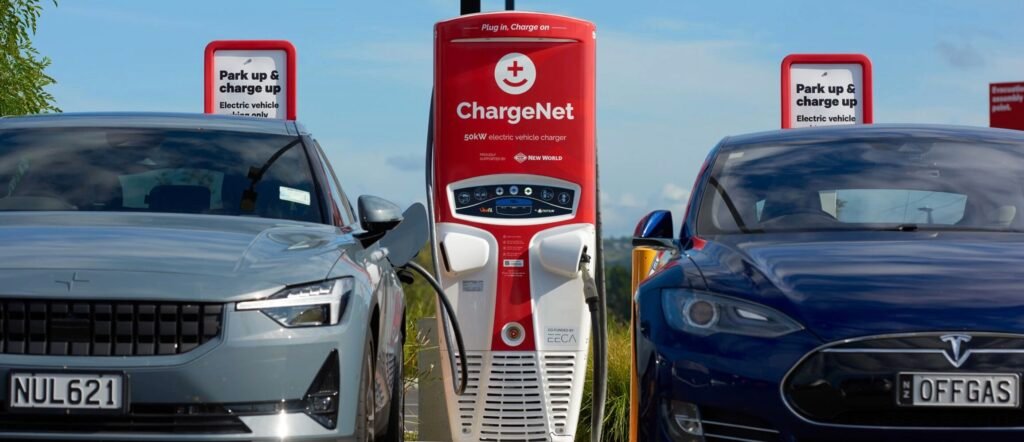As electric vehicles (EVs) continue to gain popularity, the infrastructure supporting them is becoming increasingly important. At the heart of this ecosystem are electric car charging stations, which enable drivers to power up their vehicles conveniently and efficiently. Whether you’re a first-time EV owner or considering making the switch, understanding how charging stations work, their benefits, and the challenges they present is essential. This article provides a complete guide to electric car charging stations, including their advantages, limitations, real-world examples, and future trends.
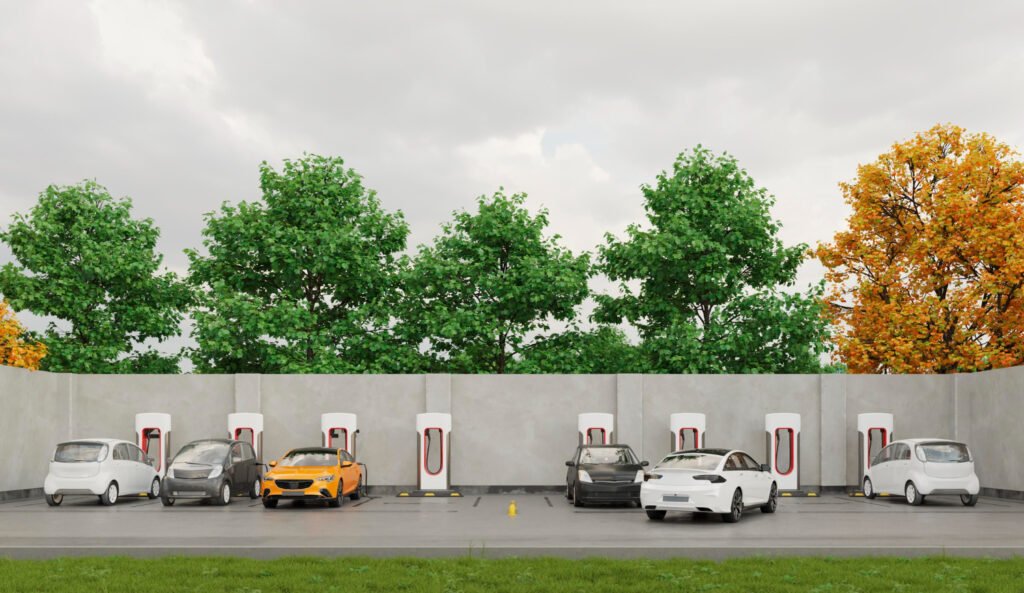
What Are Electric Car Charging Stations?
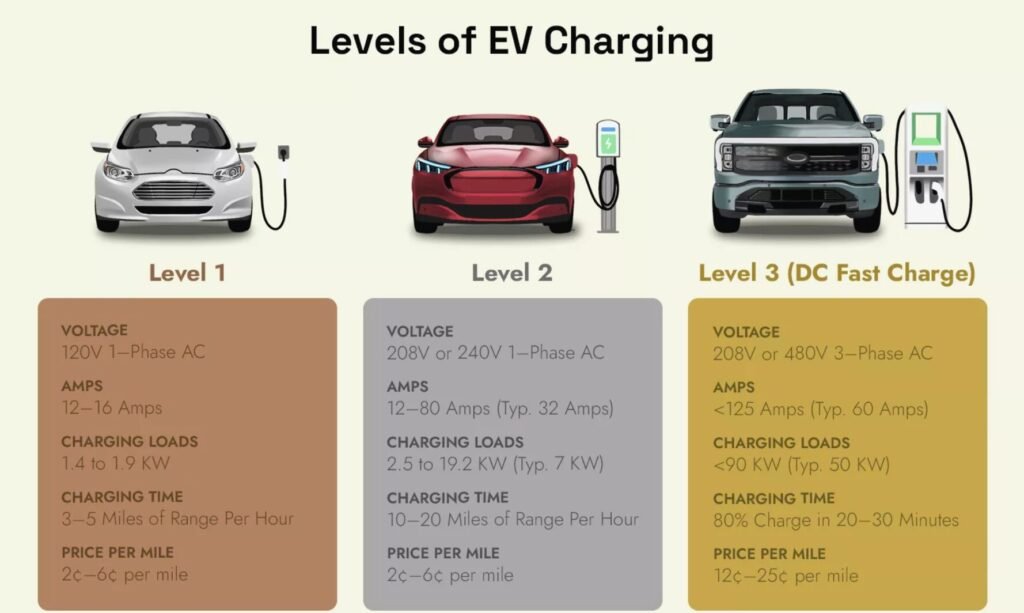
Electric car charging stations, also known as EVSE (Electric Vehicle Supply Equipment), are systems designed to recharge the batteries of electric vehicles. These stations can be installed in various locations—homes, workplaces, public areas, and along highways—making EV ownership more practical.
There are generally three levels of charging:
- Level 1 (Slow Charging): Uses a standard 120-volt outlet. It is the slowest method, often requiring overnight charging.
- Level 2 (Fast Charging): Operates on a 240-volt system, providing significantly faster charging—ideal for homes and businesses.
- Level 3 (DC Fast Charging): Known as rapid charging, these stations can recharge most EVs to 80% in under 40 minutes.
According to Wikipedia’s page on charging stations, the global network of charging infrastructure is expanding rapidly to meet growing EV demand.
Key Benefits of Electric Car Charging Stations
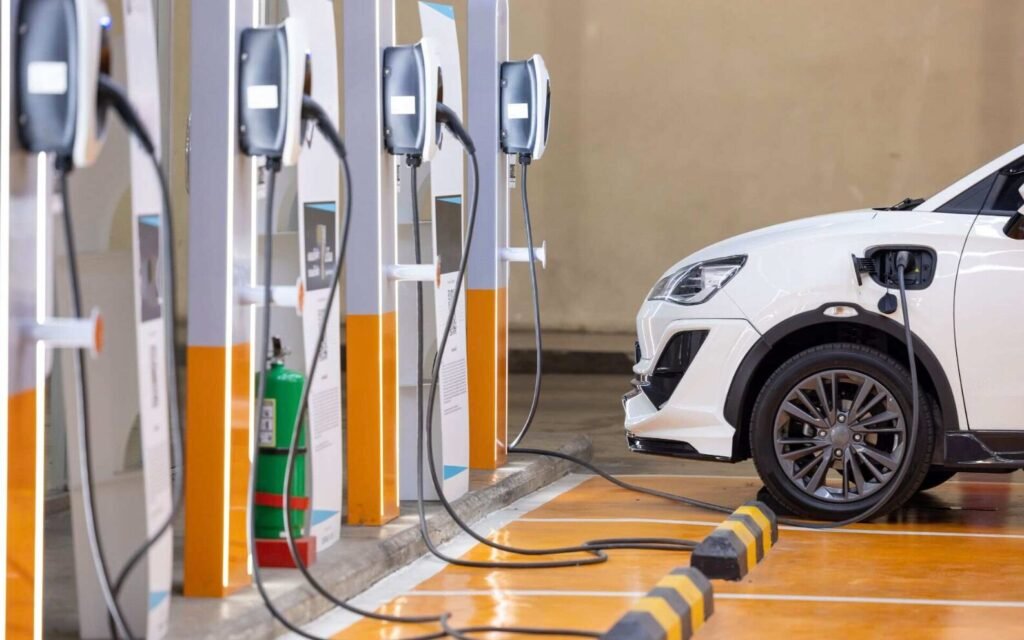
1. Convenience for Drivers
Public charging stations make it possible for EV drivers to travel longer distances without worrying about running out of battery.
2. Environmental Benefits
Charging stations enable more EVs on the road, reducing reliance on fossil fuels and lowering carbon emissions.
3. Cost Savings
Compared to gasoline, electricity is often cheaper. Many charging stations even offer discounted or free charging options.
4. Enhanced Property Value
For businesses and residential complexes, installing charging stations can increase property value and attract eco-conscious customers or tenants.
5. Smart Features and Accessibility
Modern stations include smartphone apps, real-time monitoring, and payment systems, making the process user-friendly.
Challenges and Limitations
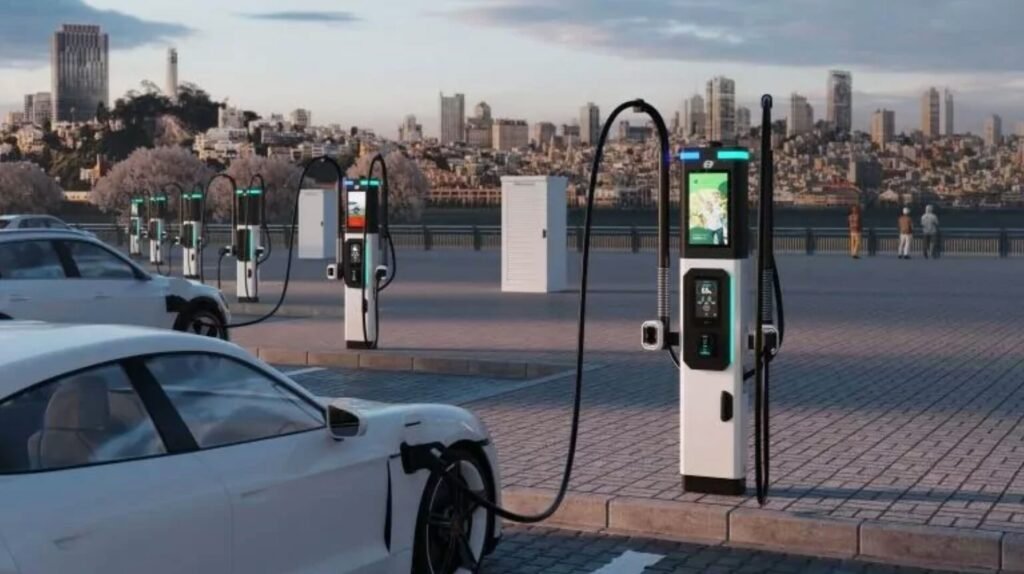
While the benefits are significant, electric car charging stations also face challenges:
Limited Availability in Rural Areas
Although charging stations are common in cities, rural areas often have fewer options, which may discourage EV adoption.
Charging Speed
Not all stations provide fast-charging capabilities. Level 1 and Level 2 chargers can take several hours to fully recharge a vehicle.
Infrastructure Costs
Setting up large-scale charging networks requires substantial investment, which can slow expansion in certain regions.
Compatibility Issues
Different EV models sometimes use different connector types (e.g., CCS, CHAdeMO, Tesla), which can limit universal access.
Energy Demand
As more EVs hit the roads, the demand for electricity increases, raising concerns about grid capacity.
Real-World Examples of Charging Infrastructure
Tesla Supercharger Network
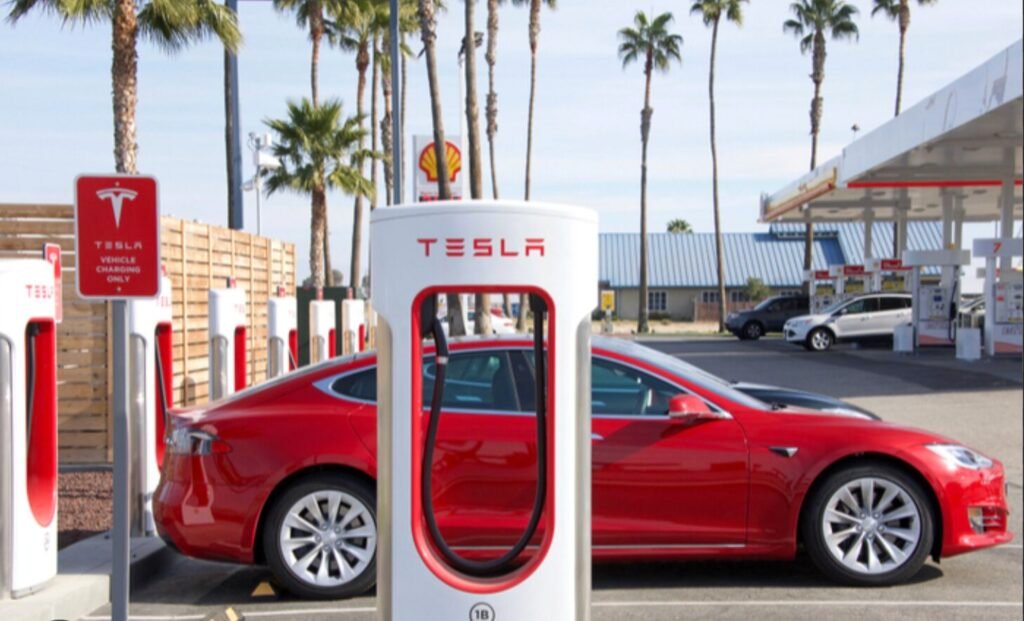
Tesla has developed one of the most extensive and fastest charging networks worldwide. Its stations are strategically placed along major travel routes, ensuring Tesla owners can travel long distances with ease.
Electrify America
Funded by Volkswagen’s emissions settlement, Electrify America is rapidly expanding charging options across the United States, focusing on high-speed DC fast chargers.
Ionity (Europe)
Backed by major automakers, Ionity is building a pan-European fast-charging network to facilitate cross-border EV travel.
China’s Expanding Network
China leads the world in EV adoption and charging infrastructure, with over a million public charging points. This growth highlights the country’s commitment to sustainable transportation.
These examples illustrate the progress made in making electric car charging stations accessible to more drivers worldwide.
Future Trends in Charging Stations
1. Faster Charging Times
Advances in battery and charging technology will reduce charging times dramatically, with ultra-fast chargers delivering 80% charge in under 15 minutes.
2. Wireless Charging
Inductive charging systems are being tested, allowing vehicles to recharge without cables by parking over a charging pad.
3. Renewable Energy Integration
More stations will be powered by solar or wind energy, making the entire EV ecosystem more sustainable.
4. Vehicle-to-Grid (V2G) Technology
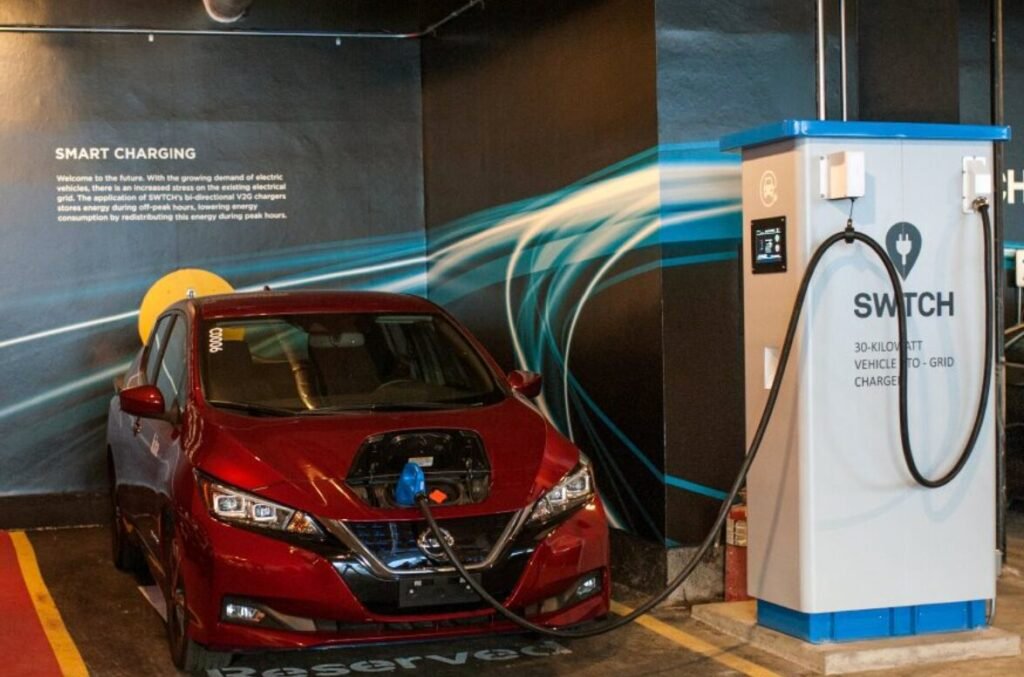
Future EVs may not only charge from the grid but also return excess energy back, stabilizing energy systems and reducing costs.
5. Global Standardization
Efforts are underway to unify charging standards, ensuring compatibility between different EV brands and regions.
For further insights into the future of EVs, Wikipedia’s electric vehicle article provides a comprehensive overview.
Frequently Asked Questions
How long does it take to charge an electric car?
Charging times vary depending on the station and vehicle. Level 1 can take 8–12 hours, Level 2 takes 4–6 hours, and DC fast chargers can deliver 80% charge in 30–40 minutes.
How much does it cost to use a charging station?
Costs vary widely. Some stations are free, while others charge per kilowatt-hour or per session. On average, charging is cheaper than refueling with gasoline.
Can I install a charging station at home?
Yes. Many EV owners install Level 2 chargers at home for faster charging. This requires a dedicated 240-volt outlet.
Are all charging stations compatible with every EV?
Not always. While many stations support universal connectors, some networks (like Tesla) have proprietary plugs, though adapters are often available.
Will charging stations keep up with EV growth?
Yes, governments and private companies are investing heavily in expanding charging networks, ensuring infrastructure grows alongside EV adoption.
Conclusion
Electric car charging stations are the backbone of the EV revolution, making clean, sustainable driving practical for everyday users. Despite challenges like limited rural availability and infrastructure costs, rapid advancements and growing investment are shaping a future where charging is faster, easier, and more accessible than ever before.
For drivers considering the switch to EVs, understanding charging options is crucial. Whether at home, work, or on the road, charging stations are evolving to meet the needs of millions of new EV owners.
At VoltDriveHub, we aim to keep you updated with the latest developments in electric mobility. Stay connected, explore your options, and take the next step toward a sustainable driving future.

